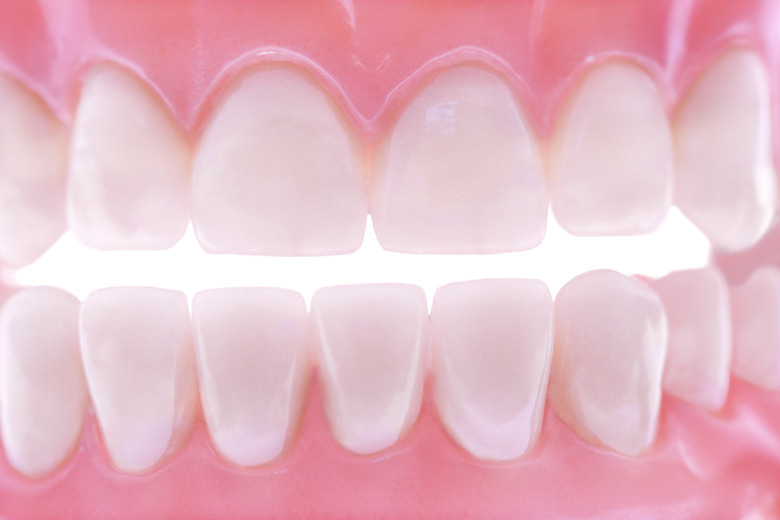Toothpaste Whitener Science Fair Project
Many whitening toothpastes make strong claims about the effectiveness of their product compared to their competitors'. It often seems that every tube of whitening toothpaste you buy is labeled somewhere as "the best" or "the most effective." Considering that these products can quite expensive compared to normal toothpastes, these are not idle claims. This experiment will let you determine for yourself which is the best toothpaste whitener for removing stains from teeth.
Materials
Materials
Assemble a team made up of yourself and three partners with teeth in similar condition to your own to be the experimental subjects. The materials you will need are three tubes of different brands of whitening toothpaste, one tube of regular toothpaste, four toothbrushes, and four cameras to record the effect of the toothpaste over time.
Form a Hypothesis
Form a Hypothesis
Write a short hypothesis explaining which of the three toothpaste whiteners will improve the whiteness of your teeth over the course of two week and whether this improvement will be significant compared to using a regular toothpaste. One way to predict which will whiten best is the number of different known whitening agents in the list of active ingredients. These include abrasives like alumina and calcium carbonate that polish the teeth and chemicals like sodium tripolyphosphate that break down stains on the enamel.
Process
Process
Brush your teeth twice a day with one of the whitening toothpastes and have your partners do the same with the other tubes. The nonwhitening toothpaste will serve as a control sample to compare all three whitening toothpastes to. Make sure that you and your partners brush for at least two minutes and brush vigorously. After rinsing, you and your partners will take a picture of your smiling teeth with one of the cameras to record the level of whiteness. Making these observations directly through photos is better for evaluating things like color levels than subjective written descriptions.
Make a Conclusion
Make a Conclusion
Compile the data you collected over the course of the two week experiment to determine whether your hypothesis was correct or not. Use a dentist's shade guide to compare the whiteness of the teeth in the pictures. If your hypothesis was incorrect, return to the research phase and try to figure out why. In the case of a wrong hypothesis, you should also look for potential sources of bias that may that affected the outcome. For example, if one of your partners went on a coffee-drinking binge during the experiment, his results could be considered biased since the coffee would have created significantly more stains on his teeth than those of your other partners.
Assemble the Project
Assemble the Project
Assemble your hypothesis, your observational data, and your conclusions into a science fair format. You should also include the pictures you took of your teeth so viewers can have a firsthand look at how the different toothpaste whiteners affected your teeth or didn't over the two weeks you used them.
Cite This Article
MLA
Corbett, Kevin. "Toothpaste Whitener Science Fair Project" sciencing.com, https://www.sciencing.com/toothpaste-whitener-science-fair-project-10016096/. 24 April 2017.
APA
Corbett, Kevin. (2017, April 24). Toothpaste Whitener Science Fair Project. sciencing.com. Retrieved from https://www.sciencing.com/toothpaste-whitener-science-fair-project-10016096/
Chicago
Corbett, Kevin. Toothpaste Whitener Science Fair Project last modified August 30, 2022. https://www.sciencing.com/toothpaste-whitener-science-fair-project-10016096/
